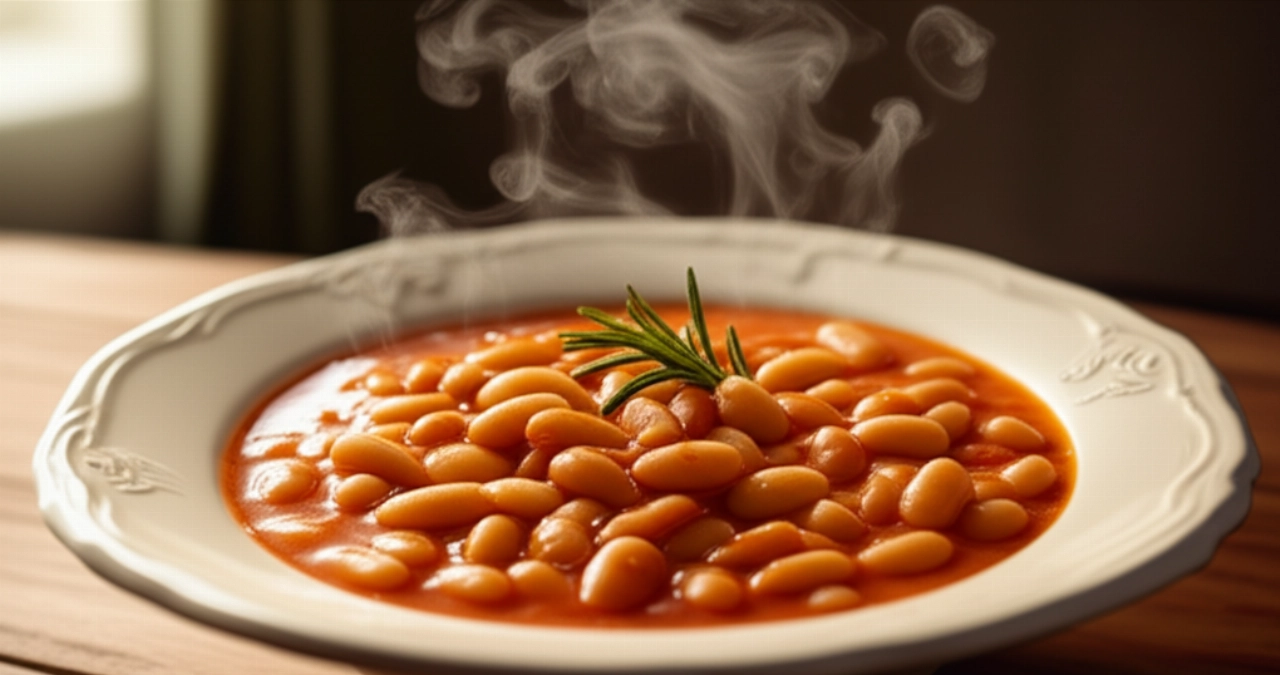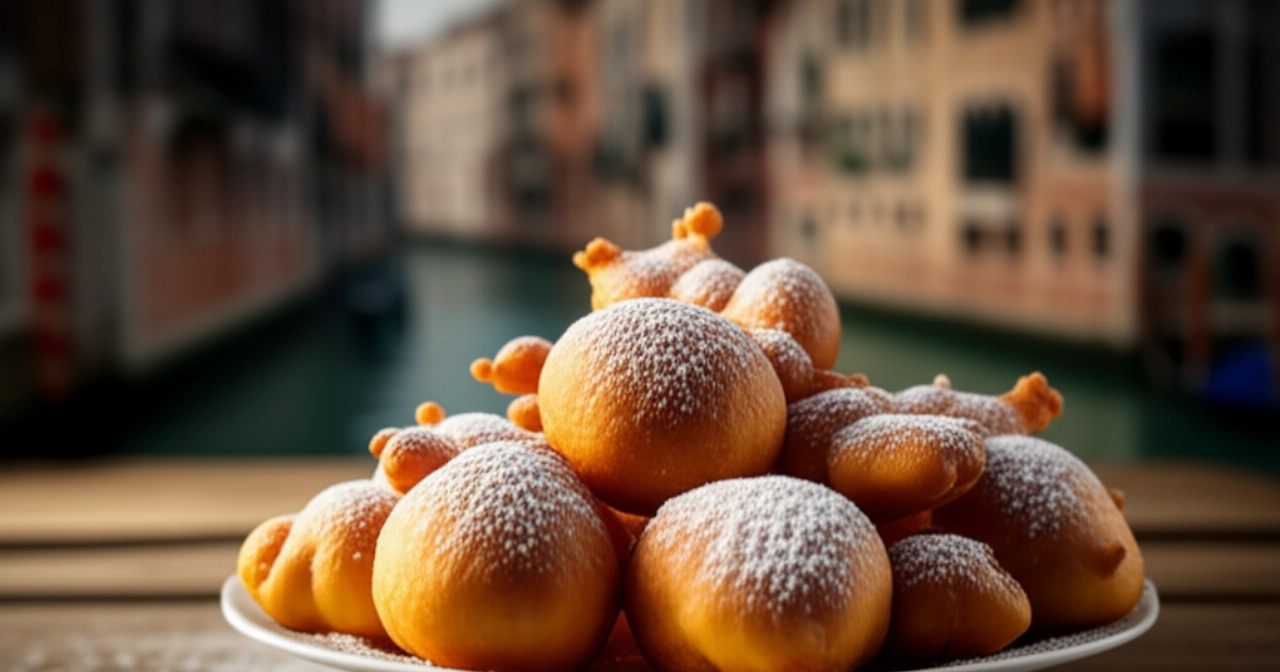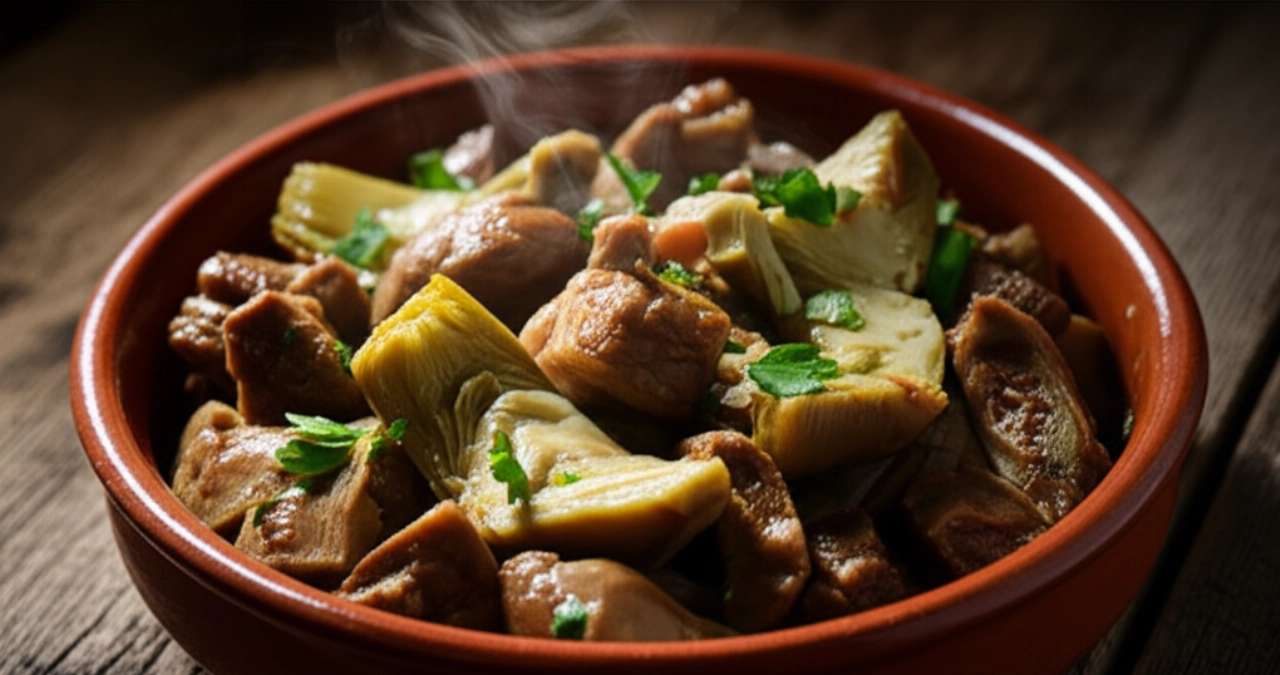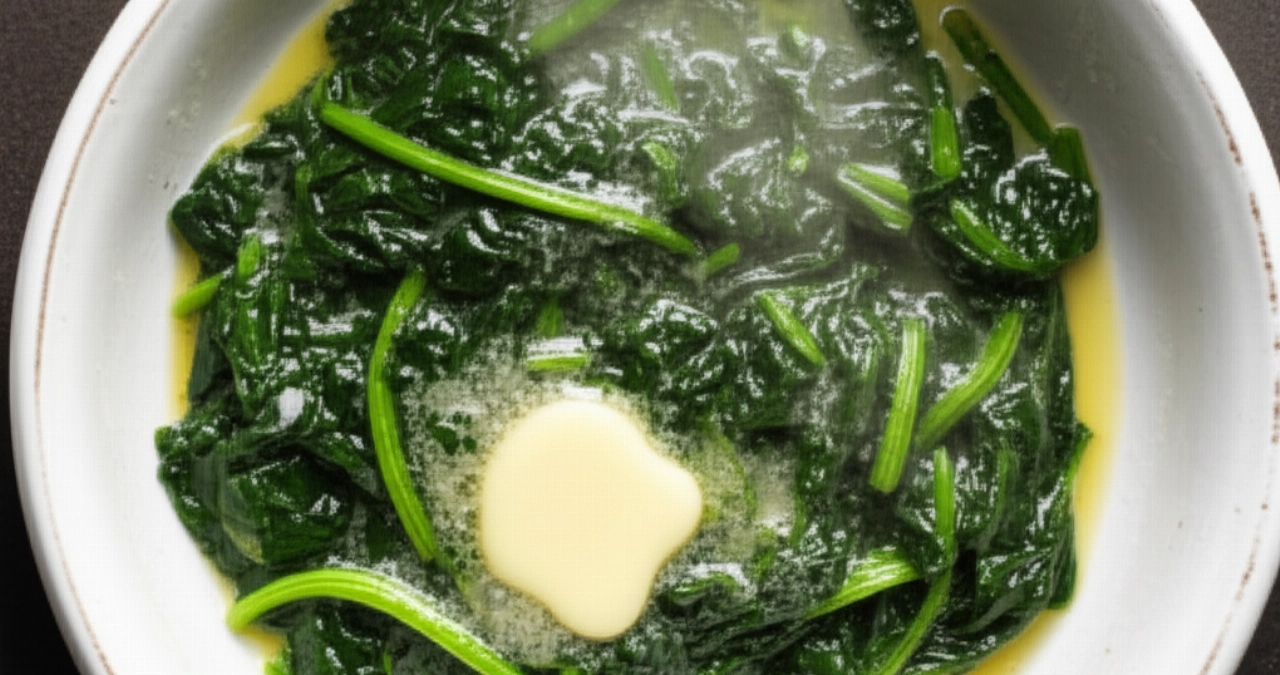Have you ever dreamed of bringing to the table a Venetian Liver so tender it melts in your mouth, with those sweet and velvety onions that enhance its flavor? A dish that smells of tradition, Venetian alleys, and authentic flavors, capable of conquering even the most demanding palates?
But perhaps you're afraid the liver will turn rubbery, or that the onions won't cook perfectly, ruining a dish that seems so simple but hides its pitfalls. Maybe you've already tried other recipes, but the result wasn't what you hoped for, leaving you frustrated at having wasted precious time and ingredients.
Make yourself comfortable. On this page, you won't just find a list of ingredients, but the definitive guide, full of tricks and tips, to prepare the most authentic and delicious Venetian Liver you've ever tasted. Success is guaranteed, and the flavor will transport you straight back to the alleys of Venice, making you feel like a true home chef.
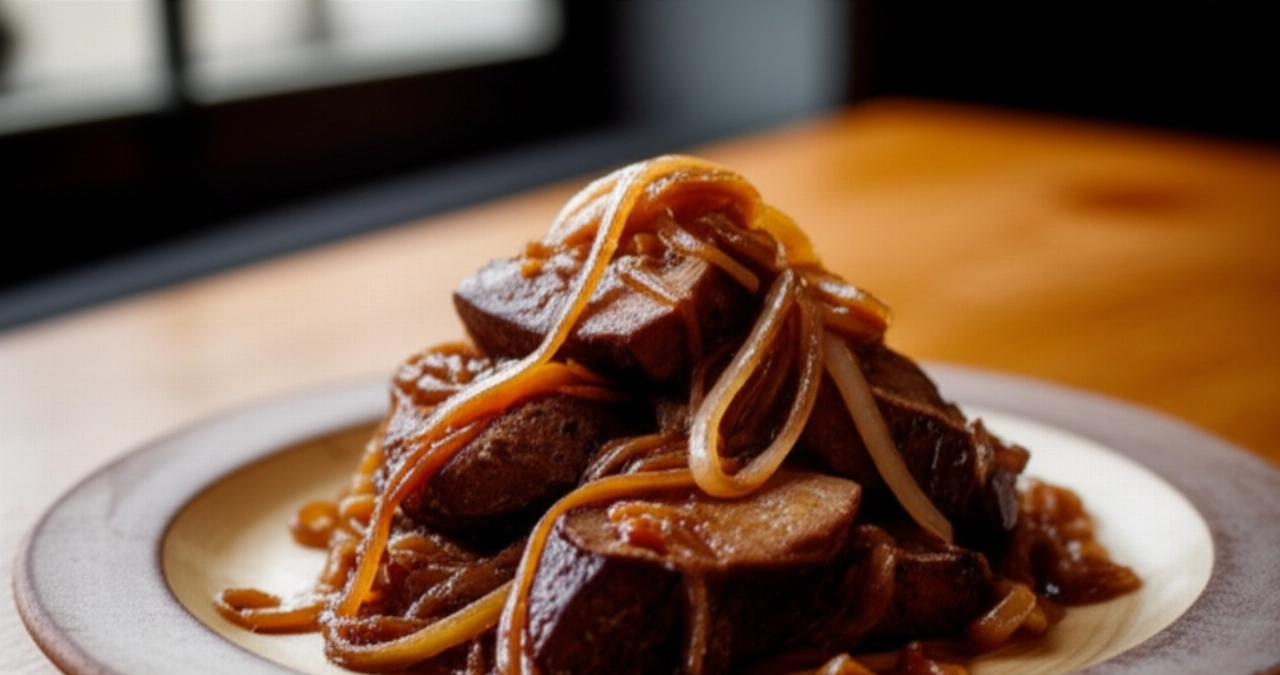
The Secret to Tender and Flavorful Venetian Liver: Never Rubbery Again!
The true heart of Venetian Liver is the balance between the delicacy of the liver and the sweetness of the onions. Too often, there's a fear that the liver will become tough and stringy, a real disappointment for such a noble dish. Our promise is to guide you step-by-step to achieve a perfect consistency, liver that melts in your mouth, and perfectly caramelized onions, without burning them or making them bitter.
Forget common mistakes: here we reveal how to achieve that authentic flavor and tenderness that only the true Venetian recipe can provide. The key is the choice of ingredients and precision in cooking times. Get ready to amaze everyone with a dish that is a true embrace of flavors.
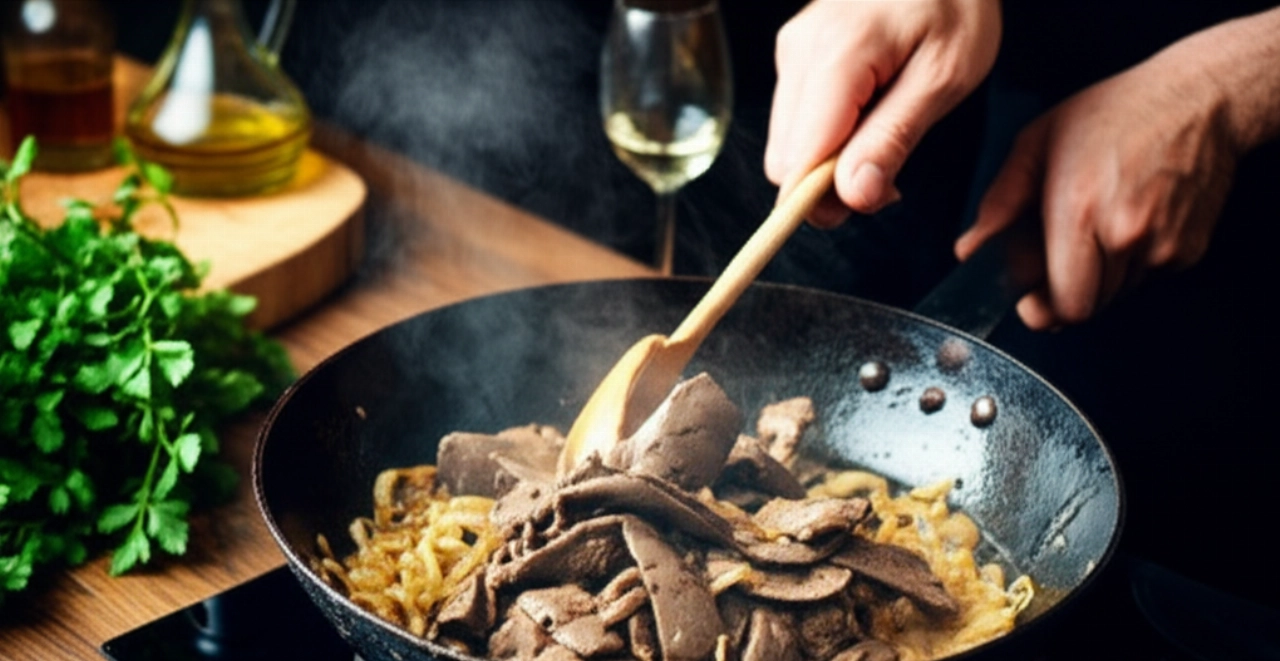
Ingredients for Authentic Venetian Liver: The Choice That Makes the Difference
It's not just a list, but a thoughtful selection to guarantee you the best result. Each ingredient plays a fundamental role in the success of your Venetian Liver.
- Veal Liver: Very fresh and top quality, it's the main ingredient. It's essential that it's thinly sliced, almost like a sheet, by your trusted butcher. This is the basis for its tenderness when cooked.
- White Onions: Strictly white Chioggia onions or, alternatively, sweet white Tropea onions. They are what give that velvety sweetness and unmistakable aroma that balances the flavor of the liver.
- Butter: Of excellent quality, for browning the onions and adding a touch of creaminess and extra flavor to the cooking liquid. Don't skimp on quality, it makes a difference!
- Extra Virgin Olive Oil: A drizzle, to start cooking the onions and prevent the butter from burning at high temperatures.
- White Wine Vinegar: A touch, to deglaze and add an acidic note that cuts through richness and balances the dish, enhancing its flavors. Don't overdo it, it should be an accent, not the main character.
- Fresh Parsley: Finely chopped, for the final touch of freshness, color, and an herbaceous aroma that completes the dish.
- Salt and Black Pepper: To taste. Be careful with salt, liver absorbs it well, so taste before adding too much. Freshly ground pepper will give a more intense aroma.
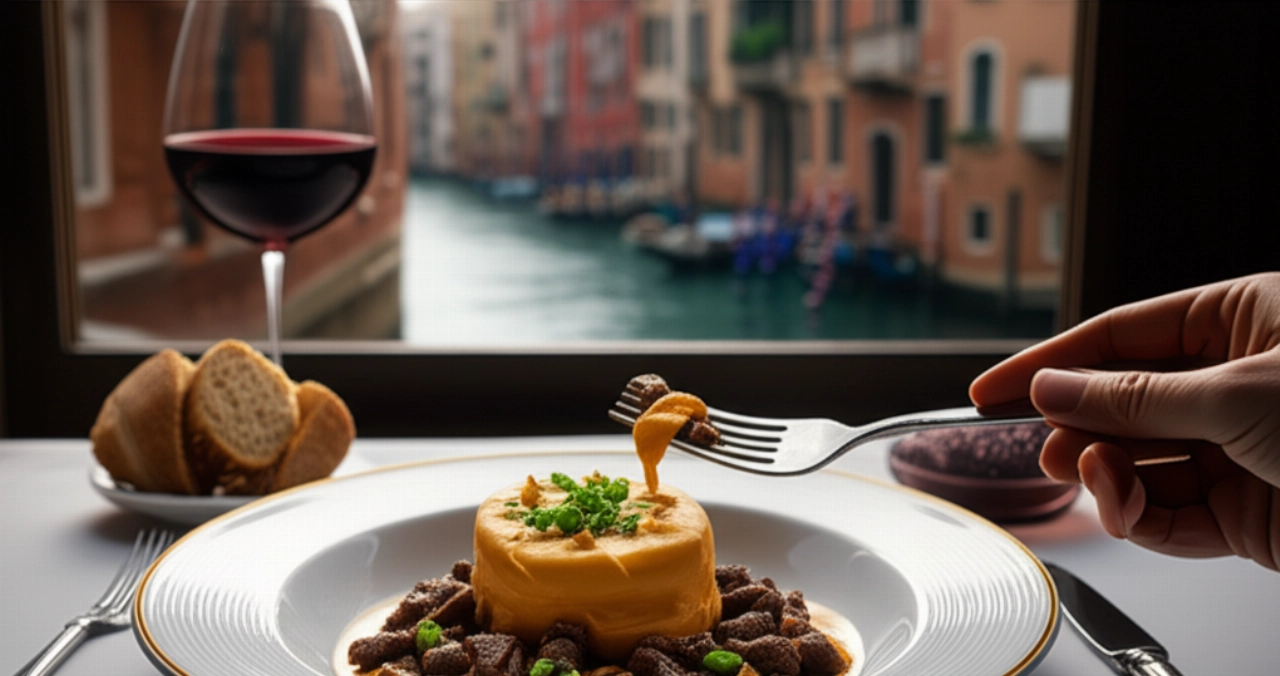
3 Common Mistakes in Venetian Liver (and How to Avoid Them)
I'm warning you about the most common pitfalls, those that can turn a masterpiece into a disaster. Knowing these mistakes will allow you to avoid them and proceed with confidence.
- Overcooking the liver: Liver is very delicate and cooks in a flash. One minute too long and it becomes rubbery, stringy, inedible. The secret is quick cooking over a lively flame, just long enough for it to change color.
- Not cooking the onions properly: The onions must be stewed slowly, over low heat, until they become transparent, almost melting and sweet, almost caramelized. If they are raw or burnt, they will irrevocably ruin the dish with a bitter or too pungent taste. Patience here is golden.
- Slicing the liver too thick: The liver must be cut into thin strips or very thin slices. This ensures quick and even cooking and unparalleled tenderness. If the slices are thick, the outside will overcook before the inside is ready.
The Venetian Touch: The Advice My Grandmother Passed Down to Me
My Venetian grandmother, with her wisdom and skillful hands, always told me: “Remember, dear, liver is like a shy lover: it must be treated delicately and never left alone on the heat for too long!” And then she added a little trick that few know, but which makes all the difference for the tenderness and creaminess of the cooking liquid:
“Before cooking the liver, quickly dredge it in a very light dusting of flour. Not too much, just a whisper! It will help seal the juices inside, making it even softer, and create a light creamy sauce with the cooking liquid that will envelop the onions in an embrace of flavor.” A simple secret, but one that elevates the dish to a higher level.
Let's Prepare Venetian Liver Together: The Step-by-Step Guide
Follow these steps carefully and success will be assured. Each phase is designed to guide you towards the perfect Venetian Liver.
1. Preparing the Onions: The Sweet Base
- Slice the onions: Peel the white onions and slice them thinly into half-moons. The thinner they are, the faster they will soften and become sweet.
- Stew the onions: In a large pan, melt 30g of butter with a drizzle of extra virgin olive oil over low heat. Add the sliced onions and a pinch of salt. Cover with a lid and let them stew slowly for about 15-20 minutes, stirring occasionally. They should become transparent, very soft, and sweet, without browning. If necessary, add a tablespoon of hot water to prevent them from sticking.
2. Preparing the Liver: The Delicacy
- Clean and cut the liver: Quickly rinse the liver under cold water and dry it very well with paper towels. Remove any sinews or membranes. Cut it into thin strips or very thin slices (about 3-4 mm thick).
- Flouring (grandmother's secret): Quickly dredge the liver strips in a very light dusting of 00 flour, shaking off the excess. This will create a light crust and help keep the liver tender.
3. Cooking the Liver and Assembly: The Crucial Moment
- Brown the liver: When the onions are ready, move them to one side of the pan or to a separate plate. In the same pan, add the remaining butter (20g) and raise the heat to medium-high. When the butter is foamy, add the floured liver.
- Deglaze and combine: Cook the liver for 1-2 minutes per side, no more! It should only change color and remain slightly pink inside. At this point, deglaze with white wine vinegar, letting it evaporate completely.
- Combine and emulsify: Bring the onions back to the liver in the pan. Stir gently to combine the flavors. Turn off the heat.
4. Serving: The Final Touch
- Season and serve: Adjust salt and pepper. Add a generous sprinkle of fresh chopped parsley.
- Accompaniment: Serve the Venetian Liver immediately, piping hot, traditionally accompanied by slices of soft polenta or good homemade bread for dipping.
Tips and Frequently Asked Questions about Venetian Liver
Here are some of the most common questions you might have, with answers to clarify any doubts and guarantee an impeccable result.
Can I use another type of liver?
The traditional Venetian recipe calls for veal liver, which is the most delicate and tender. You can try with pork or rabbit liver, but the flavor and texture will be slightly different. I advise against adult beef liver, which tends to be stronger and more fibrous.
How do I know if the liver is cooked just right?
Veal liver cooks very quickly. It should change color externally, but remain slightly pink inside. If you overcook it, it will become tough and stringy. The cooking time is about 1-2 minutes per side, depending on the thickness of the slices.
Can I prepare the onions in advance?
Yes, absolutely! The stewed onions can be prepared even the day before and stored in the refrigerator in an airtight container. When serving, simply warm them slightly before adding the liver.
What is the ideal side dish for Venetian Liver?
Traditionally, Venetian Liver is accompanied by soft polenta, which divinely soaks up the sauce and balances the flavor of the liver. Also excellent with boiled potatoes or creamy mashed potatoes, or simply with good homemade bread for dipping.
Can I freeze Venetian Liver?
I advise against freezing Venetian Liver once cooked. Liver, once thawed and reheated, tends to lose its tender texture and become rubbery. It's a dish that is best enjoyed freshly prepared.
A Masterpiece of Flavor and Tradition
There you have it! Now you no longer just have a recipe, but all the secrets to bring to the table a Venetian Liver that tastes of history, tradition, and love for authentic cuisine. A dish that will make you feel at home, even if you're not in Venice.
Don't be afraid to experiment. Cooking is an act of creativity and generosity. But start with this solid base and you'll see that applause will not be lacking, and your guests will ask for seconds, convinced they've tasted the true flavor of Venice!
Have you tried our recipe? We're very curious to see your masterpiece! Leave a comment below, tell us how it went, or share a photo on Instagram tagging @CercaRicette.it. If you loved this Venetian dish, you can't miss our recipe for Squid Ink Risotto, another lagoon classic, or for a perfect side dish like our Creamy Mashed Potatoes.
